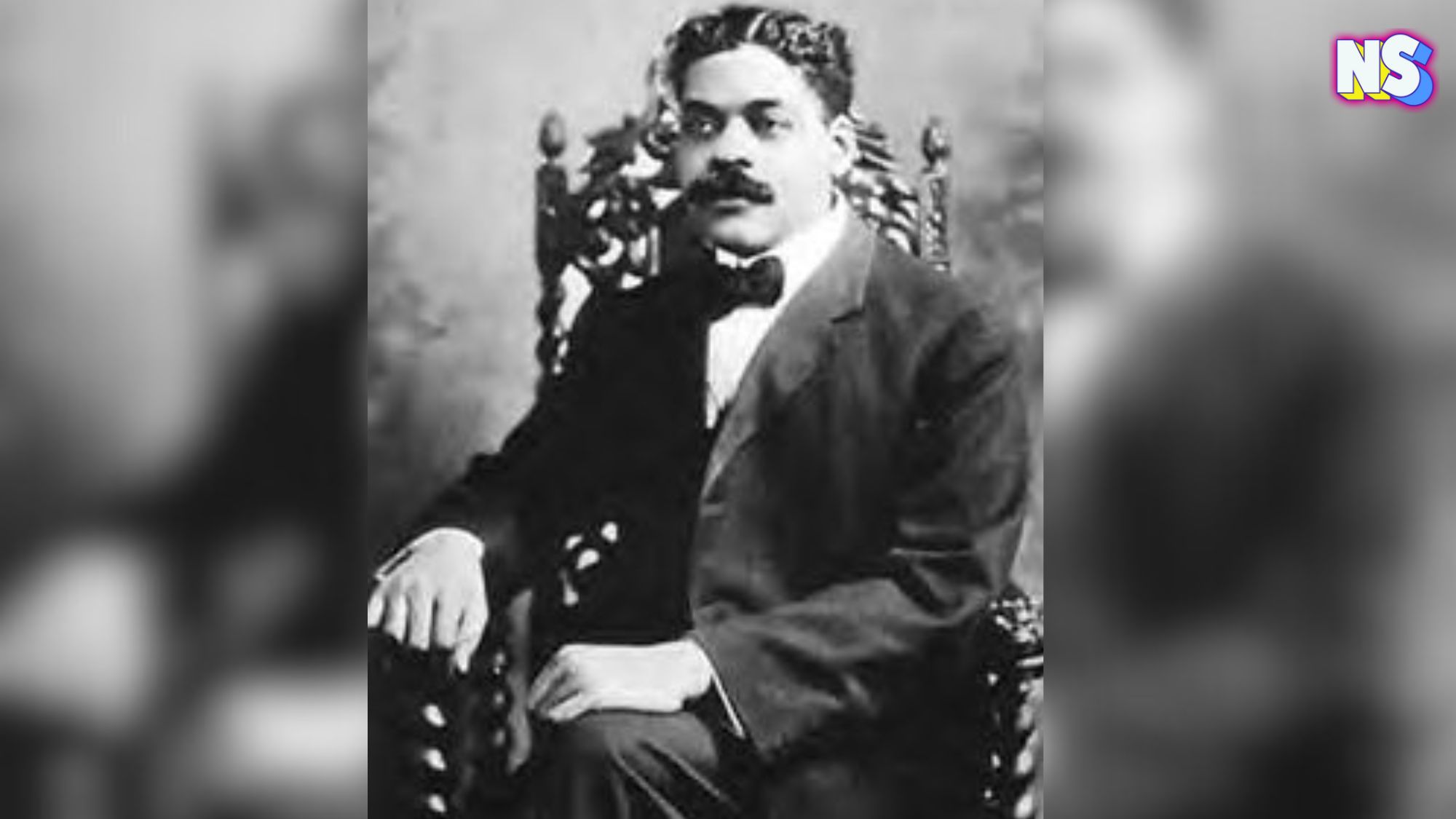If you’re wondering, “Who is Arturo Schomburg?” you’re not alone. His story isn’t as mainstream as it should be, but it absolutely deserves a front-row seat in conversations about Black history. So, let’s fix that.
Born in 1874 in Santurce, Puerto Rico, Schomburg was the child of a Black mother from St. Croix and a Puerto Rican father of German descent. One day in school, a teacher told him—and we’re paraphrasing here—that Black people had no history, heroes, or accomplishments worth talking about. Instead of shrinking under the weight of this lie, Schomburg turned it into fuel for a lifelong mission: to prove that Black history is rich and powerful. And that’s exactly what he did. Some say he built an African American movement with books.
@nypl Arturo Schomburg changed how we understood BlackHistory! #NYPLTreasures #NYPL #Library #Museum #SchomburgCenter #Literature #LearnOnTikTok
♬ original sound – The New York Public Library
Arturo Schomburg Built a Movement With Books
After moving to Harlem from Puerto Rico, at the age of 17, in 1891, Schomburg became a central figure in both the Harlem Renaissance and the broader intellectual movement for Black empowerment. He was passionate about collecting books, art, and manuscripts. He saw it as an act of revolution.
By the time he was done, Schomburg had amassed one of the largest collections of African, Caribbean, and Afro-Latin American historical materials in the world.
RELATED POST: The Civil Rights Connection You Didn’t Know
“In 1926 the fruits of Schomburg’s meticulous labors were acquired by The New York Public Library with the support of Carnegie Corporation of New York for $10,000,” the Carnegie organization writes. “This purchase — valued at just over $140,000 in today’s dollars, but in fact priceless — established the Schomburg Division of Negro Literature, History and Prints at the 135th Street Library, seeding the formation of what today is known as the Schomburg Center for Research in Black Culture.”
Today the collection has over 10 million items. And it remains the ultimate treasure trove for anyone who wants to learn about the global Black experience.
@ruben__negron Arturo Alfonso Schomburg was born in Puerto Rico in 1874. He spent the majority of his childhood in Puerto Rico. he moved to New York City at the age of 17. As a young man in New York, he actively supported the Cuban and Puerto Rican independence movements and shortly after moving, he cofounded a political club, Las Dos Antillas. Schomburg’s legacy lives on in his dedication to studying, collecting, and documenting evidence of African and African diasporic contributions to history and culture. He amassed an archive of 10,000 items including original newspapers published by Frederick Douglass, poems by Phillis Wheatley, correspondence belonging to Toussaint Louverture, books and journals of Paul Cuffe, music composed by Chevalier de Saint-Georges and other documentary evidence of the intellectual, artistic, and cultural legacies of Africans and individuals of African descent. Credit to @Freedom Is Mine Official Http:/www.youtube.com/@FreedomIsMineOfficial #freedomismineofficial #afroborikua #blackpuertorican #globalblackhistory #nationalhispanicheritagemonth2023 #afrocaribbeanheritage #afrolatino #latinoheritagemonth #AfroTaino #blackisbeautyful 🖤💚♥️ #arturoschomburg 🇵🇷
♬ original sound – ruben 🇵🇷
Representation Matters
“After a brief year as the curator of the Negro Collection at the library of Fisk University in Nashville, Tennessee, Schomburg returned to New York in 1932 where he served as the curator of his own collection at the NYPL,” the National Museum of African American History and Culture writes. “He remained in New York until his death in 1938.
His legacy lives on and reminds us that representation matters. Arturo Alfonso Schomburg collected and made history. And now it’s on us to keep that story alive.
@blkmaroon #ArturoSchomburg was an Afro-Puerto Rican historian who moved to the United States and spent his life collecting materials demonstrating the accomplishments of the African diaspora and the scope of Blackhistory. #fy #history #puertorico #HarlemHistorian #KnowledgeOfSelf #BlackStories
♬ Documentary Music – Dian Fadli
T





